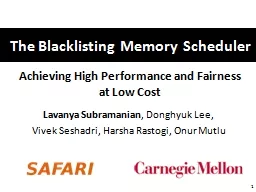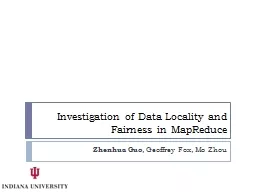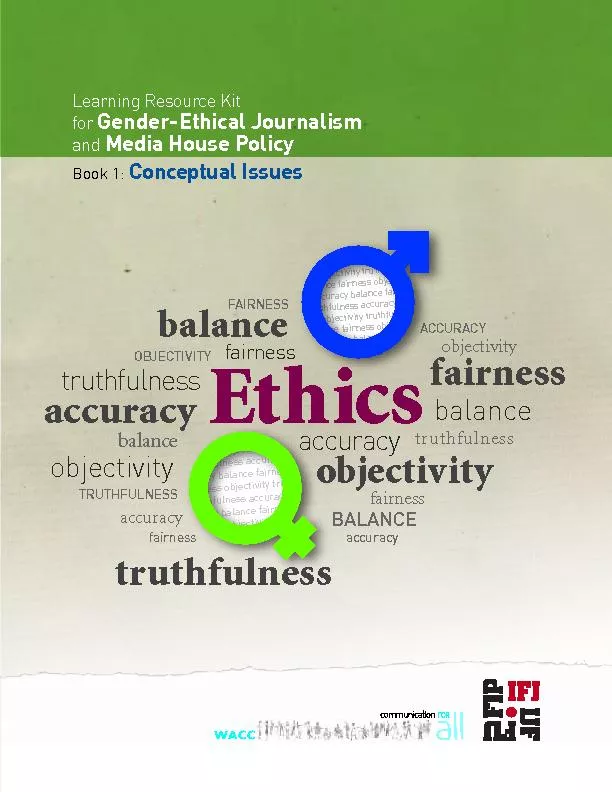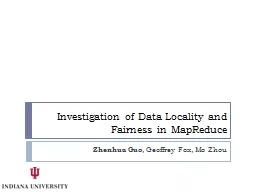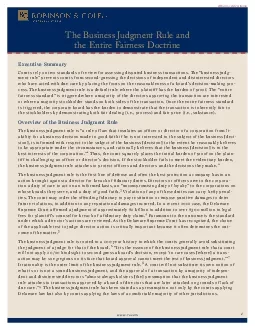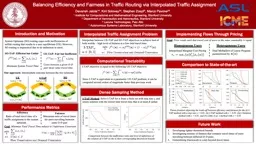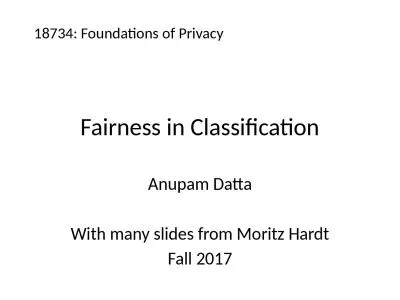PPT-Achieving High Performance and Fairness
Author : stefany-barnette | Published Date : 2016-02-21
at Low Cost Lavanya Subramanian Donghyuk Lee Vivek Seshadri Harsha Rastogi Onur Mutlu 1 The Blacklisting Memory Scheduler Main Memory Interference Problem
Presentation Embed Code
Download Presentation
Download Presentation The PPT/PDF document "Achieving High Performance and Fairness" is the property of its rightful owner. Permission is granted to download and print the materials on this website for personal, non-commercial use only, and to display it on your personal computer provided you do not modify the materials and that you retain all copyright notices contained in the materials. By downloading content from our website, you accept the terms of this agreement.
Achieving High Performance and Fairness: Transcript
Download Rules Of Document
"Achieving High Performance and Fairness"The content belongs to its owner. You may download and print it for personal use, without modification, and keep all copyright notices. By downloading, you agree to these terms.
Related Documents

